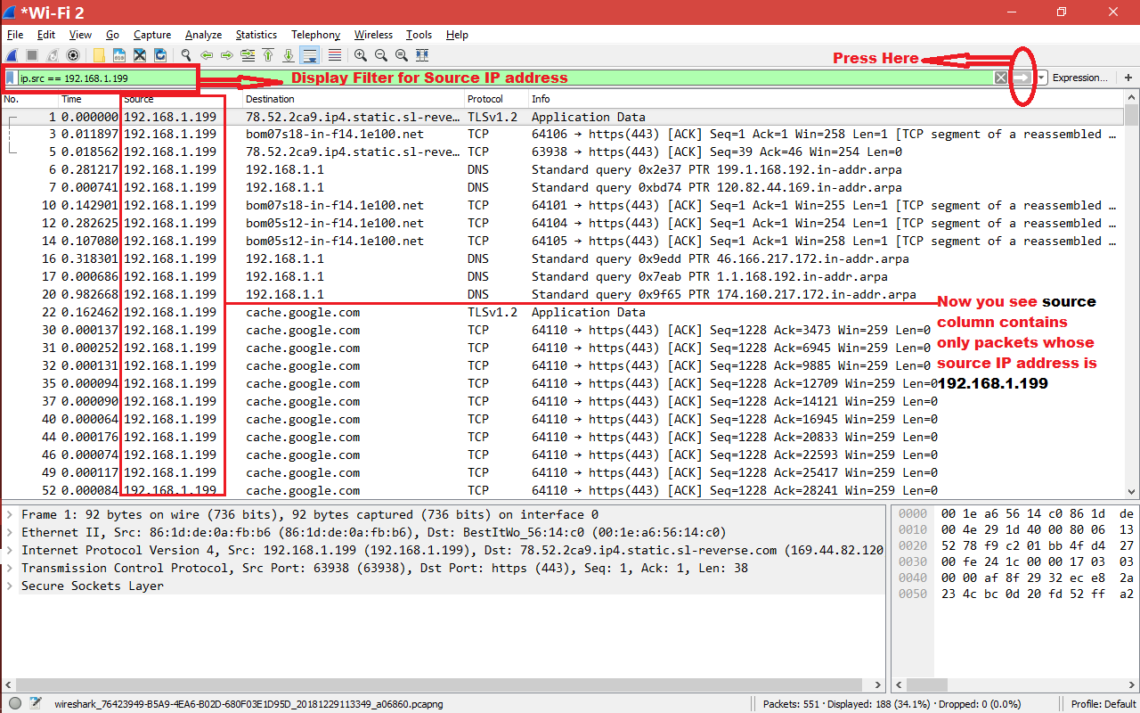


However, if the addresses are contiguous or in the same subnet, you might be able to get away with a subnet filter. One time-consuming approach would be to literally type out all the addresses you want to filter on. In this video, I respond to a question from one of my readers who wanted to create a display filter for many IP addresses. In either case, you will need to use a display filter to narrow the traffic down. Even when you have a capture filter, it may be too generic. You may not know what to focus on when you capture packets, resulting in no capture filter. A display filter is configured after you have captured your packets. A capture filter is configured prior to starting your capture and affects what packets are captured. Note that in Wireshark, display and capture filter syntax are completely different. In this video, I review the two most common filters in Wireshark. One of the keys to being an effective network troubleshooter when using a protocol analyzer is the ability to see patterns, which is where filters come into play.


 0 kommentar(er)
0 kommentar(er)
